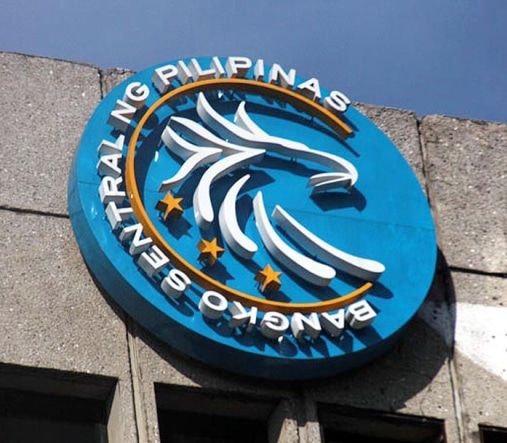Earnings of Philippine banks may experience moderation over the next two years as net interest margins are expected to decline, driven by anticipated cuts in policy rates, according to S&P Global Ratings.
Nikita Anand, Primary Credit Analyst at S&P Global Ratings, noted that the Philippine banking sector's return on average assets is projected to normalize to the long-term average range of 1.2 to 1.4 percent over the next two years.
This follows a peak of around 1.5 percent in 2023.
Anand explained that the decline in net interest margins will align with expected policy rate cuts.
She also mentioned that a moderating cost-to-income ratio, coupled with a growing share of retail loans, could push profitability beyond forecasts.
Lower interest rates
The Bangko Sentral ng Pilipinas (BSP) is widely expected to continue easing its monetary policy until next year.
This would likely involve lowering interest rates to stimulate economic growth while inflation remains stable.
Lower interest rates typically reduce the profitability of bank lending activities, which would place pressure on bank earnings.
S&P forecasts that the BSP will reduce interest rates by 50 basis points to 5.5 percent by the end of the year, down from the current 6 percent.
By 2025, S&P predicts rates will be further lowered to 4.25 percent as inflation remains moderate.
Effects
Anand stated that these interest rate cuts could boost loan growth to about 12 percent next year, up from the 10 percent expected by the end of 2024.
She also pointed out that higher economic growth, coupled with lower inflation and interest rates, would help support credit demand.
S&P expects the Philippines' gross domestic product to grow by approximately 5.7 percent in 2024 and 6.2 percent in 2025, surpassing the 5.5 percent average growth rate in 2023.
As for credit losses, S&P expects them to remain steady next year. Credit costs are anticipated to stay within the range of 0.5 to 0.6 percent of gross loans over the next two years.
Anand noted that while the increasing share of higher-risk, higher-yielding consumer loans could slightly worsen the non-performing loan ratio, large corporates—which make up a significant portion of the loan portfolio—are expected to remain resilient.
Banks with higher exposure to unsecured loans could see elevated credit costs as these portfolios mature.
Impact on property sector
However, there is concern over the potential impact of a sharp correction in asset prices, especially given the significant exposure of banks to residential and commercial real estate markets.
Anand pointed out that real estate loans account for approximately 21 percent of sector loans, with two-thirds of these being commercial real estate loans.
She highlighted that office vacancy rates in Metro Manila have remained elevated.
While a downturn in the property sector is not the base case, it remains a key downside risk due to higher interest rates and challenging global credit conditions.
From January to September, the profit of Philippine banks increased by 6.4 percent to P290.1 billion, up from P272.6 billion during the same period last year.
However, provisions for bad debts surged by 27.8 percent to P85.74 billion from P67.08 billion in the previous year.
The amount of soured loans written off also rose significantly to P2.29 billion, nearly five times higher than the P462.7 million written off a year ago.
#WeTakeAStand #OpinYon #OpinYonNews #BSP
